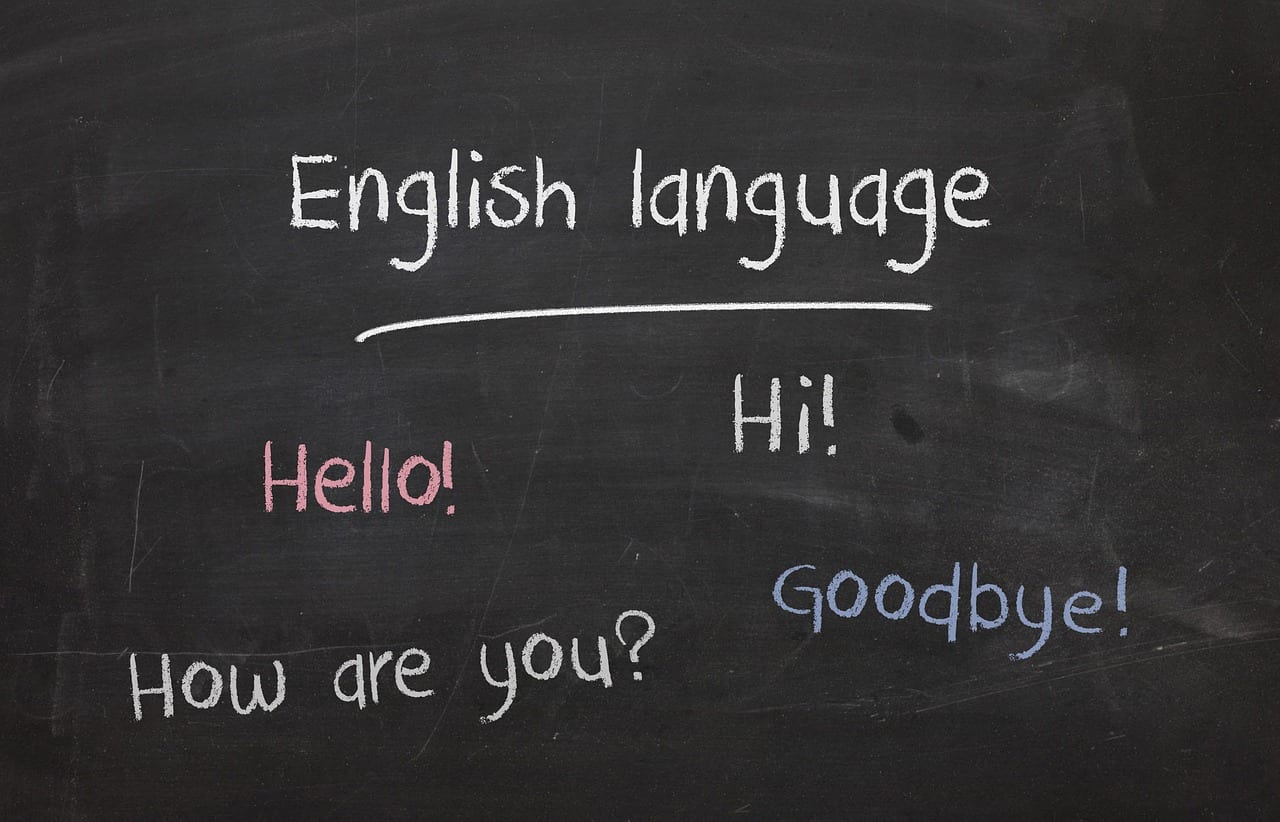
BiljaST / Pixabay
Five years ago I began this regular feature where I share a few posts and resources from around the Web related to ESL/EFL or to language in general that have caught my attention.
You might also be interested in The Best Resources, Articles & Blog Posts For Teachers Of ELLs In 2018 – So Far and The Best Resources, Articles & Blog Posts For Teachers Of ELLs In 2017 – Part Two. Also, check out A Collection Of My Best Resources On Teaching English Language Learners.
In addition, look for our new book on teaching ELLs, which was published in the Spring of 2018.
Here are this week’s choices:
Refugee teens in Austrian schools straddle different worlds is from The Washington Post. The issues discussed will be familiar to U.S. ELL teachers.
Humanising Language Teaching, my favorite ESL/ELL journal, has just published its December issue.
The MINI Lesson | Literacy Instruction and English Learners: Series, Part 2 of… is by Valentina Gonzalez.
Linguacuisine is a site that using cooking to help teach English and other languages. Thanks to Nik Peachey for the tip.
Recognizing Gifted English Learners is from Language Magazine.
How I teach lexicogrammar (PART 2) – The 8 tenets of Extensive Processing Instruction in the novice-to-intermediate classroom is by Gianfranco Conti.
I’m adding this video to The Best Resources For Helping Beginner ELLs Learn About Christmas:
Intentionally pairing students can prove to increase outcomes in the classroom. Here are some variations for pairing to consider. Don’t leave it to chance. #educhat #teacherlife #joyfulteachers #JoyfulLeaders #ELLChat pic.twitter.com/p6mwA0TZ2e
— 🌍 ναℓєηтιηα gσηzαℓєz (@ValentinaESL) December 9, 2018
Creating Dual-Language Books with English Language Learners | WriteReader – Guest blog post by Kimiko Shibata, itinerant ESL/ELD teacher for the Waterloo Region District School Board https://t.co/RTDCeGbrnz via @writereaderapp #wrdsbesl
— Ms. Kimiko Shibata 🇨🇦 (@ESL_fairy) December 8, 2018
Educating English Language Learners: A Review of the Latest Research (2018): https://t.co/eOaBr9kmsB @AFTunion with Aída Walqui, Margaret Heritage, @ELLStanford @Seidlitz_Ed @Larryferlazzo, #ELs strategies & more! @MCOE_Now @MCOE_ELA @adoptedelf @pk12innovation @MultilingualCA pic.twitter.com/hioVG5CD33
— Jennifer Elemen, Ed.D. (@ElGovEcon) December 6, 2018
This is what my students see everyday as they enter my classroom 💙 Such a powerful and empowering message to share #Ellchat_BkClub pic.twitter.com/Okl7DHJDdh
— Cassie Noble (@MrsN_ESL) December 4, 2018
Vocabulary instruction is essential to ELLs. @michelleshory and I put together these strategies for you #JCPSESL #ELLCHAT #Ellchat_BkClub Thank you @Larryferlazzo @dr_aquagirl @mawilearning @TanELLclassroom @BrainPOPELL for your expertise! https://t.co/n52wCqEymX pic.twitter.com/RIV2QfaIIJ
— Irina McGrath (@irina_mcgrath) December 4, 2018
Hey educator friends! Did you know that you can incorporate higher level thinking questions to aid in text analysis for advanced to advanced high ELLs using QSSSA? It’s not just for beginners. Here is an example: Inferencing! @MsSalvac @ValentinaESL @HCISDELLs @Seidlitz_Ed pic.twitter.com/hWvwiE5zEt
— Sara sparks (@Sarasparks21) December 4, 2018
I’m adding this next tweet to The Best Resources For Learning About The Importance Of Prior Knowledge (& How To Activate It):
This #communicative activity prepares the class for #reading a text and encourages them to #collaborate together.
📘 You can find more suggestions for pre-, during and post reading activities here:https://t.co/g7se05ynDy#21stcenturylearning #TESOL #ELT #TEFL #teachingenglish pic.twitter.com/e841Ew64sG— TeachingEnglish (@TeachingEnglish) December 3, 2018




Recent Comments